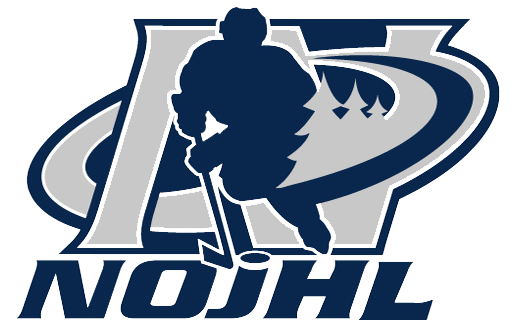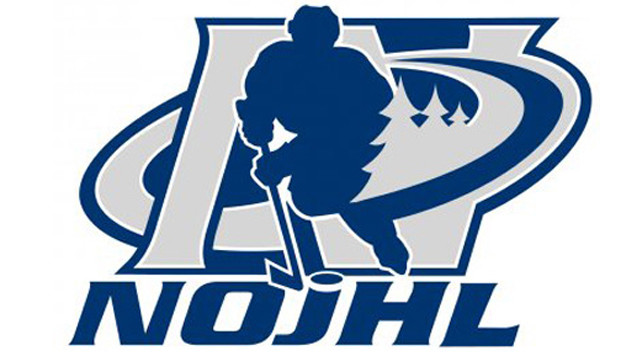They are four hockey towns in a northeast nook of the region, separated by less than two hours of rugged roads.
Timmins Rock, Iroquois Falls Eskimos, Cochrane Crunch and Kirkland Lake Gold Miners figure to be fierce foes when the first pucks drop on the 2015-2016 Northern Ontario Jr. Hockey League season in about four months.
Geography is not the only factor that will play into the robust rivalry between the four teams.
For years, the Iroquois Falls-based Abitibi Eskimos were the only NOJHL team in the region.
Then along came Kirkland Lake for the 2011-2012 season and Cochrane for the 2014-2015 campaign.
Now, Timmins will join the NOJHL for the 2015-2016 term following the relocation of the Abitibi franchise.
As for Iroquois Falls, it will have a new presence with the relocation of the Mattawa Blackhawks. Thus, the formation of the Iroquois Falls Eskimos for the 2015-2016 season.
“From an economical standpoint, having four teams so close together will keep travel costs down and that is something our league is very conscious of,” said NOJHL commissioner Robert Mazzuca.
Then there is the natural on-ice rivalry brought upon by the closeness in proximity of the four towns.
To be sure, the four teams all have something to shoot for as they plan and prep for the much-anticipated 2015-2016 NOJHL season.
Timmins finally has a NOJHL team again after being without one for 17 years and with a population of 43,000 — which is double what Iroquois Falls, Cochrane and Kirkland Lake have combined — the Rock has a healthy fan base from which to draw.
In Paul Gagne, the Rock has the dean of NOJHL coaches in a 16-year veteran of bench duties in a league that looks to be bigger and better with two divisions of six teams apiece in 2015-2016.
Iroquois Falls, which saw its former team move 45 miles down the road to Timmins, looms as the feel-good story with new owner Allan Donnan, a fresh-minded coach in 29-year old Taurean White and unwavering fan support that has clicked the turnstiles with a per-game average of more than 500 for years now.
Over to Cochrane, coach-general manager (and owner) Ryan Leonard brought a winning team to town for its inaugural NOJHL season.
At the gate, the Crunch averaged 466 fans per outing — which was third best in the league — and on the ice, Leonard showed his abilities as a recruiter and coach.
The Crunch won two rounds of the playoffs and made it to the finals, giving the eventual-champion Soo Thunderbirds all they could handle before finally losing out. Thus, Cochrane heads into the 2015-2016 season as the defending East Division champions.
Kirkland Lake, meanwhile, has much to play for and plan for in 2015-2016.
For one, the Gold Miners — who won the NOJHL championship in 2013-2014 — will be out to rebound from a 2014-2015 campaign which saw them finish second overall behind the Soo during the regular season only to be stunned by the upstart Powassan Voodoos in the first round of the playoffs.
Without question, Gold Miners coach-general manager Marc Lafleur will want to ice a contending team in 2015-2016 as Kirkland Lake will have automatic entry in the Dudley-Hewitt Cup, Central Canada Championships as host team. It would not look good on Kirkland Lake or the NOJHL if the Gold Miners hosted the DHC as a so-so team.
Off the ice, Kirkland Lake, a gold-mining town of about 8,500 residents, will no doubt want to put on a good show as hosts of the 2016 DHC.
All in all, there is excitement in the northern air as spring turns to summer and fall takes over after that and leads us into winter and the full 2015-2016 NOJHL season.
With 12 teams in all, capped by the entry/return of the French River Rapids, the Espanola Express, the Michigan Soo Eagles and the re-branding of the Sudbury Nickel Barons as the Rayside-Balfour Canadiens, the NOJHL is taking it up a notch in 2015-2016.
Here’s to it — and with a glance and a glimpse and an icy stare at the NOJHL’s northeast nook.





















